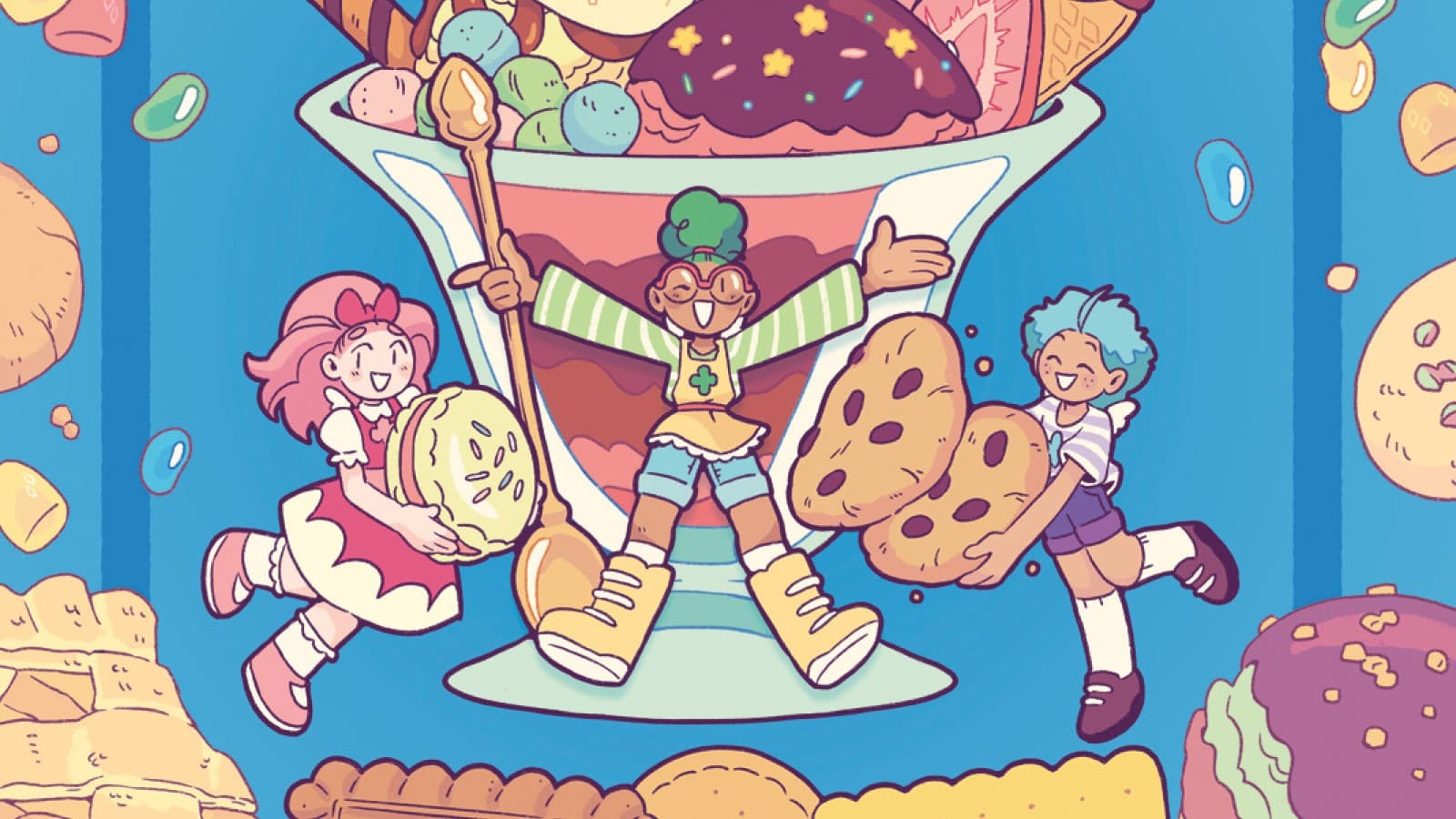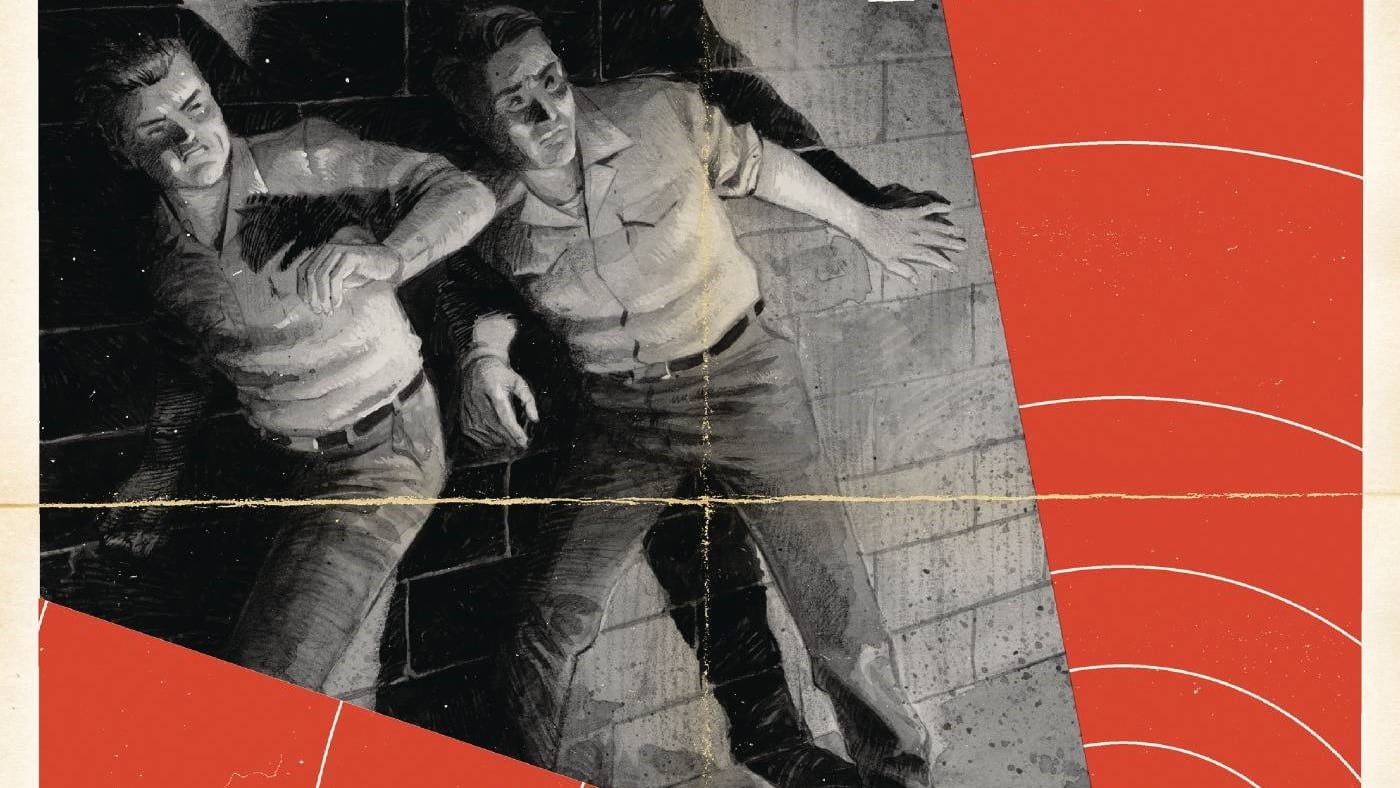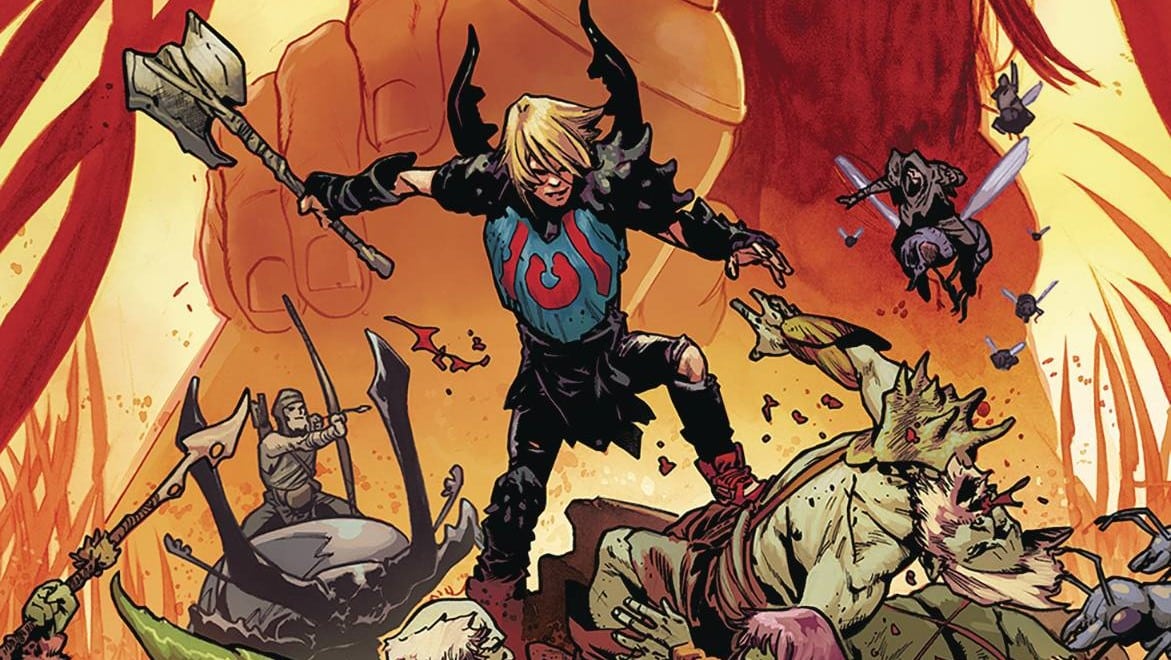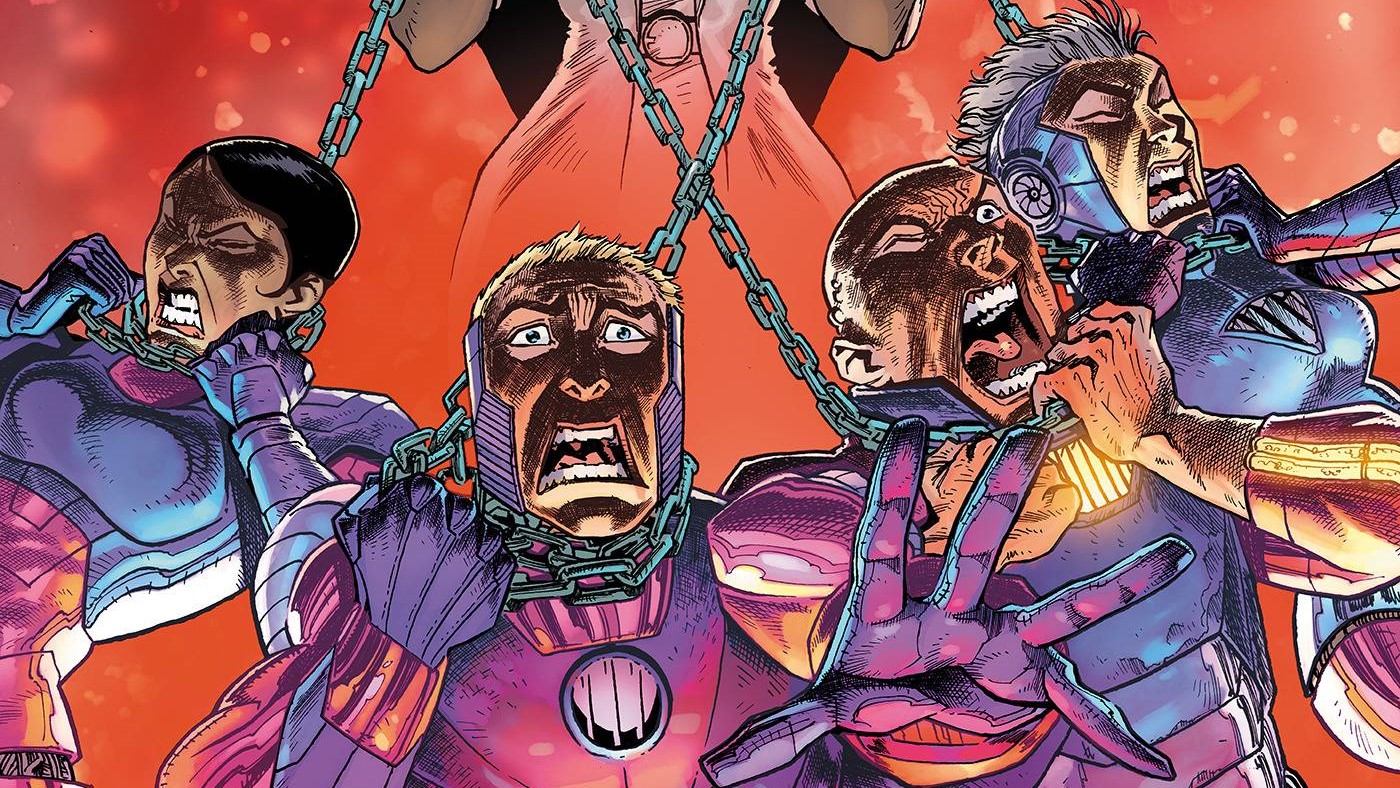Histories are often revealing. Being constructions of the past by people, rather than absolute encapsulations of reality, they contain insights into their makers. What we think we know of the past as opposed to what the past actually was. And given the famous and apt adage of “History is written by the victors,” the task of those approaching history is a demanding one. It is to present a vision of the past that expresses some measure of truth in cohesion, while filtered through numerous falsehoods and cutting past the nonsense. Thus the end results always end up revealing much about the historian in question.
Food comics are a wild cavalcade of possibility. Whether you look at genre classics like Oishinbo (Tetsu Kariya/Akira Hanasaki) or more recent works like Relish (Lucy Knisley), they’re a lovely space of comics that feel at once educational whilst being entertaining. Due to their very nature, they also tend to be rather “explainer”-y, which isn’t a bug as much as a feature. When you’re talking about food, you’re talking about techniques, ingredients, culture and history, so it’s inevitable. You’re contextualizing.
Thus a food history comic is an inevitable staple that is very much in line with the sensibilities of the genre. Even beyond comics, there’s a whole collective empire of food programming all around us. We love food, we need it, we crave it, it is a thing that connects and unites us all. But we don’t always know the histories of the things we eat.
Who came up with that classic dish? Do we know? Why do they put that one thing on top of it? Why is it called that? Why did it end up in this one region? Why is that one dish connected to and associated with that one event?
So many endless obvious questions that surround us, which bombard our reality, and all of it great stuff to work with for any cartoonist. And that’s what Victoria Grace Elliott is doing in her terrific OGN Yummy: A History of Desserts.

What I immediately loved about this book is that it just gets it. It’s technically a “children’s book,” and it very much respects kids, but is just as engaging and interesting for the adults who’ll be buying it for their kids.
Aware of the implicit burden and weight of the “explainer” comics that this falls into, Elliott is clearly aware that framing is key here. Framing matters immensely, as how all of that immense information is presented and given out to its audience makes all the difference. What could be a dull info-dump must be carefully made into exciting and engaging material. It’s easier said than done, certainly.
But Elliott manages it smartly. Her framing almost approaches it akin to an accessible documentary or a food show with a host, who carefully guides us throughout the whole journey, while bringing in regular specialists and experts to play different roles, leading different special segments. The tone is very conversational, and it’s got the sense of the average person explaining this stuff to you directly in a friendly chat, which makes it very, very approachable and easy to parse.
The book is structured into individual chapters based on the dessert (Cake gets a chapter, ice cream gets a chapter), there are abridged atlases provided with various global iterations that classify under it, and Elliott tends to use a three-pronged approach in each one. We have our book’s primary host, Peri, who brings in her performer friend Fee and scientist pal Fada. All of them are described as magical “sprites,” which gives Elliott a lot of fun to play around. A typical chapter will have three recurring segments:
i) Peri’s Story Time — In which the legends and stories behind the dishes are told and discussed
ii) Fee’s Interview Corner — In which people of note or figures from stories/legends and history chat in a late night talk show-esque setup with Fee performing them via her powers.
iii) Fada’s Science Lab — In which Fada lays out the laws of the universe and explains the science behind the food and food-production
This allows the book to neatly segment things and gives it a neat structure to lean upon. It’s easily internalized and something inevitably fun for any kid reader, while also being a joy to read for adults. There’s genuinely a lot to learn here, whether it’s new things or re-learning things you may have once been taught but have since forgotten.

A good example: I totally had a “oh huh!” moment when the book detailed how for the longest time sugar really was only local to India, until it and sugar production spread across the globe. Meaning people largely had to use honey to sweeten things for a good bit there, with no sugar available. From fun factoids and bits of history like that to much larger, more complex stuff, it’s all in here, and Elliott makes it all engaging and fun, painting a great big picture.

And it all really works to the extent it does because of Elliott’s spectacularly expressive and emotive cartooning talents. Look at those above faces! Look at how clear they are! Elliott nails the little nuances you’d want, which make the characters and their hilarious reactions great fun. In moments like the above, you just get fun banter and silliness, which make all the big detailed sections full of info all the easier to take in. You’re on board for these chats, because these are a fun cast of characters to spend time with.

But what impressed me more, and what I appreciated much more, is how much as a writer of history Elliott didn’t choose to paper over the past. Her work doesn’t clean up or present a pretend version of reality. It very clearly acknowledges and speaks to the limitations of what we actually know, admits honestly what we do not know, and even more importantly, underlines the dark horrors intertwined with said histories.

It’s careful about its framing and always leaves room for questions and questioning, meaning any inquisitive kids can hopefully have a productive discussion with their parents, and can better understand how the events of the past truly shaped the reality they live in and breathe. It’s all around us, in every facet, in every donut and brownie. And in that sense, the book is a great starting point and a solid foundation. It leaves you wanting to forever know more, giving you enough of a taste of what you don’t yet know, building up your interest, as you’ll be googling a bunch both through and after the read.
It’s a good, sharp history that virtually anyone can enjoy about the foods that surround us. It’s a grand ol’ time, as sweet as the best of desserts.
Ritesh Babu is a comics history nut who spends far too much time writing about weird stuff and cosmic nonsense.






